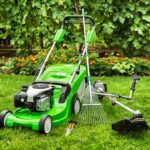To leave is to die a little, especially for indoor plants, which can not enjoy the water of the sky. A few things will help them to wait.
To spend an unscrupulous holiday, you will have to make sure to leave something to drink to your favorite plants. There are many solutions to ensure their comfort while waiting for your return. If you have a garden, group your boarders in the shade, and near a watering nozzle connected to a programmer.
Practical solutions
The use of a "gardener" emergency should be considered with caution. Only engage with someone safe, who will come regularly to water a little, rather than two days before your return, to drown dry subjects. An exchange of good practices with a loved one, amateur informed and who leaves on other dates, remains the safest. There are also service companies everywhere that provide this guard. The consultation of local classifieds will inform you.
If you can use a reliable assistant (your guardian, for example) but not very aware, spread color labels in your plants: blue for big drinkers, white for medium drinkers, red for the most sober.
In any case, resist the temptation to fill the tanks with water to soak your plants. With the exception of aquatic plants, it is rot assured. Roots need air as much as moisture.
Group your plants, both to facilitate watering and to increase the hygrometry. If they need light, do not place them behind a window, where the sun is working.
Finally, and for a large population, use the big means by covering the whole of a mini tunnel greenhouse, prefabricated or improvised, on a background of wet gravel (see tip 5). You will recreate the native tropical atmosphere of most indoor plants.
Tips in pictures
1. The polypropylene braid and the flexible tube will provide effective and rot-resistant wicks. A curved iron wire will effortlessly pass the braid into the tube. With the wire brush, ruffle the end of the braid, to improve the capillarity. Then simply dip the wicks (two for a large pot) on one side in a water can and the other in the ground. Braid sections can also be inserted into the drainage hole and dive directly into a tank (tank, aquarium …) full of water. A strong fence will serve as a support for the pots.

2. Porous terracotta cones connected to a fine siphon pipe are commercially available. To be effective, soak them 24 hours and put them into service in advance.
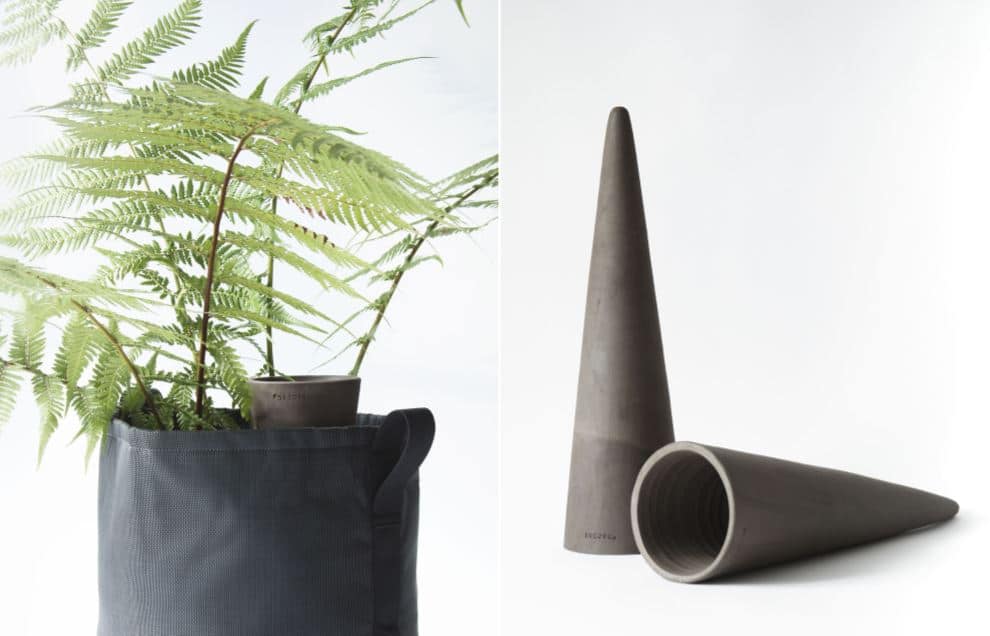
3. Plants that are both drunk and rot-sensitive should be placed in a sealed container filled with sand or vermiculite, which is thoroughly wet. Do not bury the pot until half its height.
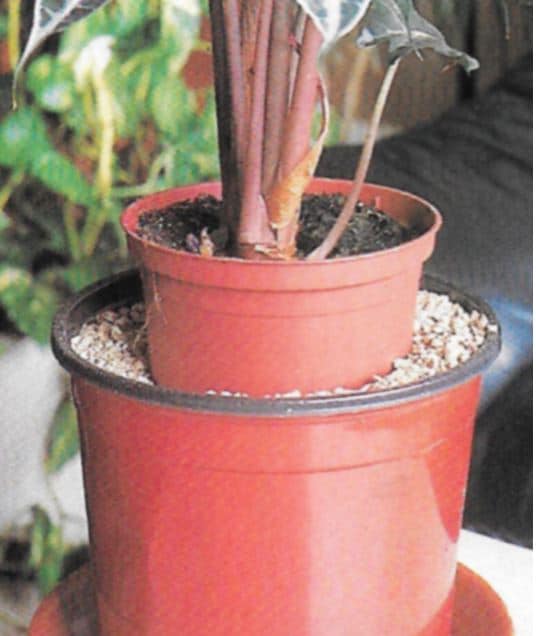
4. In a bright kitchen, use the sink bench. You will place a tray lined with horticultural felt overflowing widely and plunging into the tray, filled with water, where it will wick.
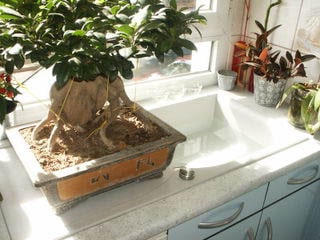
5. A variant of the felt is offered by a bed of gravel or, better, pozzolana or expanded clay, which serves both as a support and as a capillary wick. For a long absence, plan a fairly thick bed.
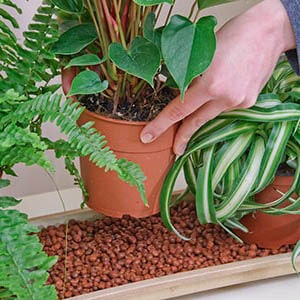
Water in reserve
The various tanks with water reserve seem to offer all the guarantees of moisture and aeration combined. The balance is difficult to maintain, however, in continuous use. The good average seems to consist in watering classically, but little at a time throughout the year to fill the tank only in case of absence.
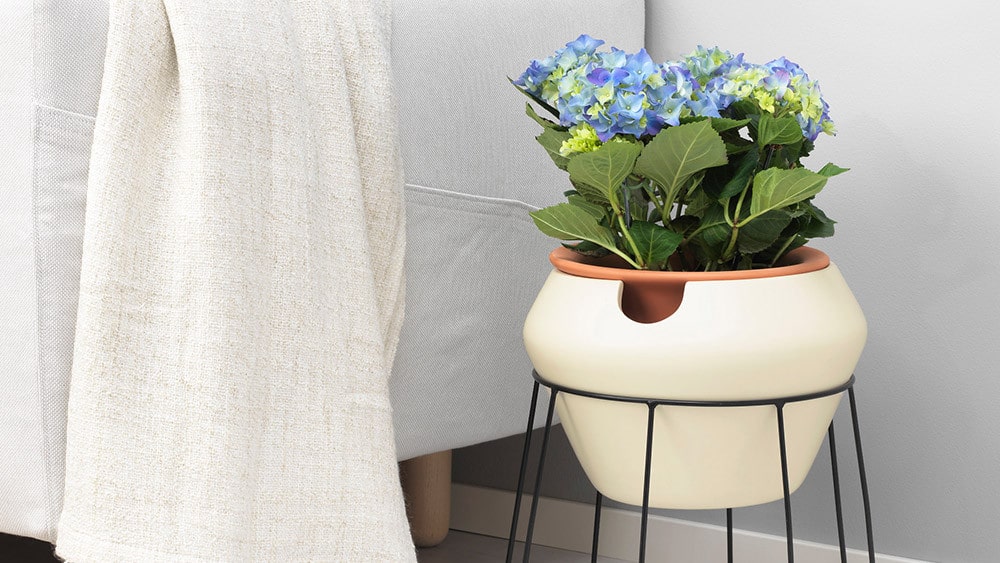
Check that the reserve is not overgrown with roots and repot, if necessary.
Of course for some outdoor plants, you just have to adjust your automatic watering.




